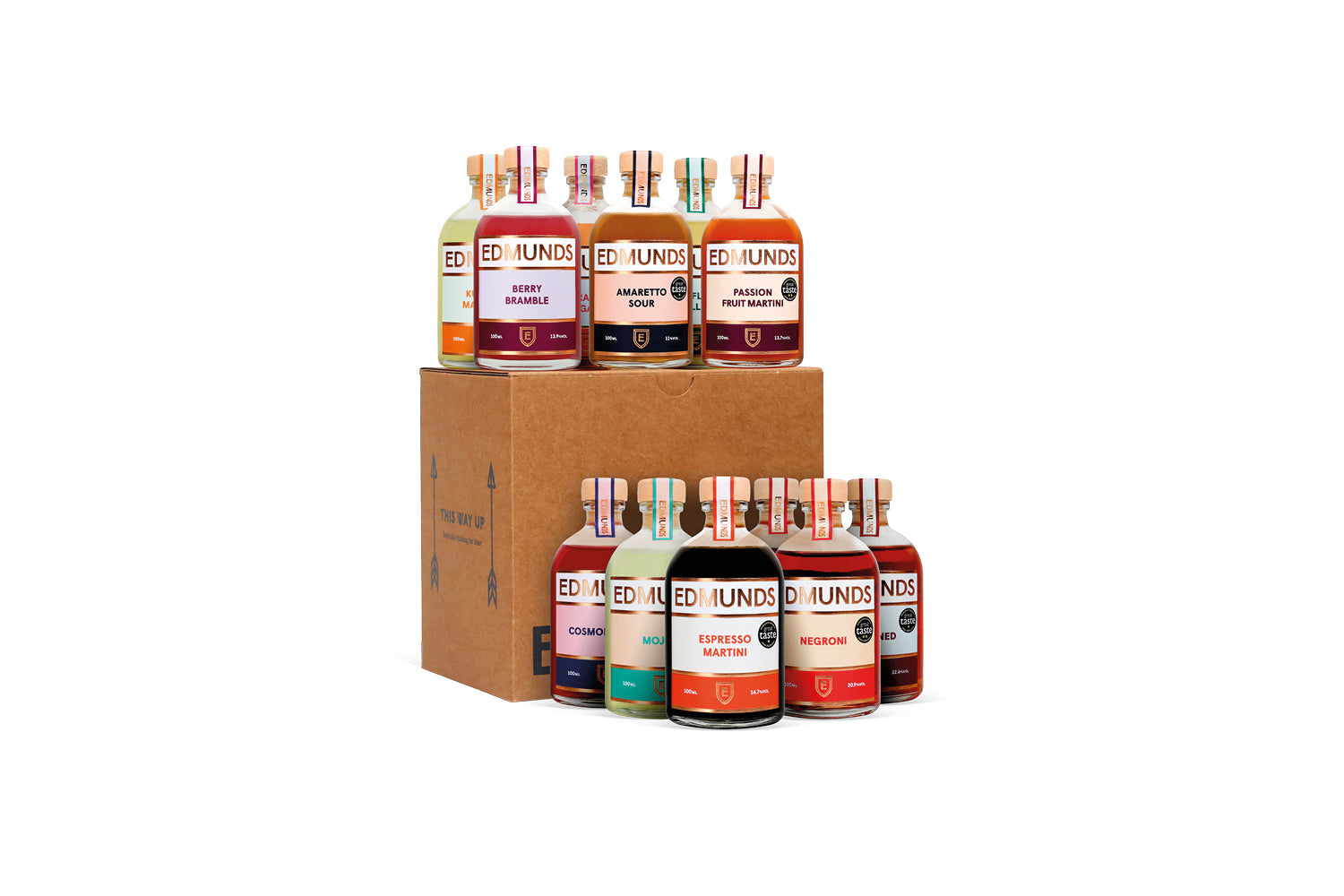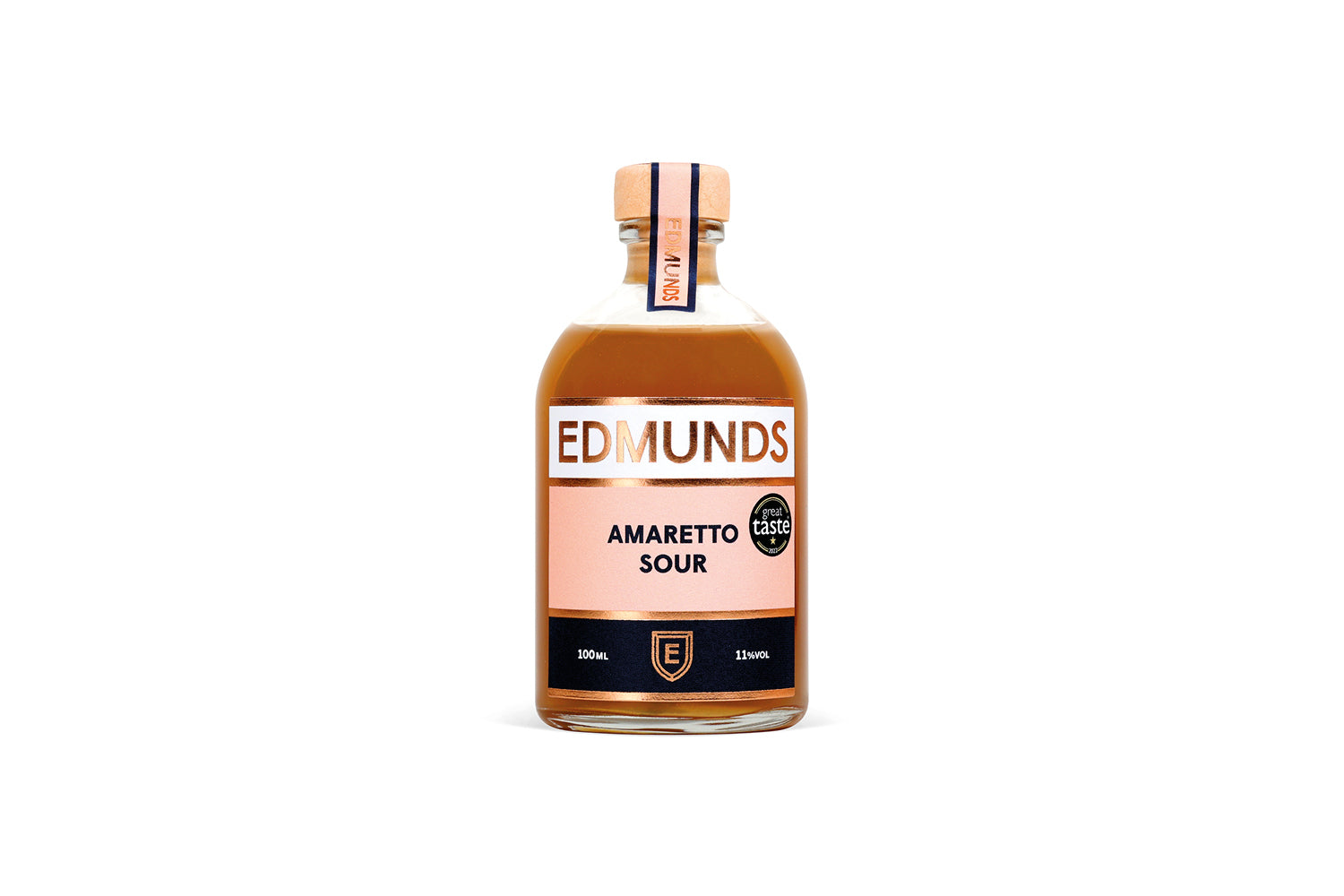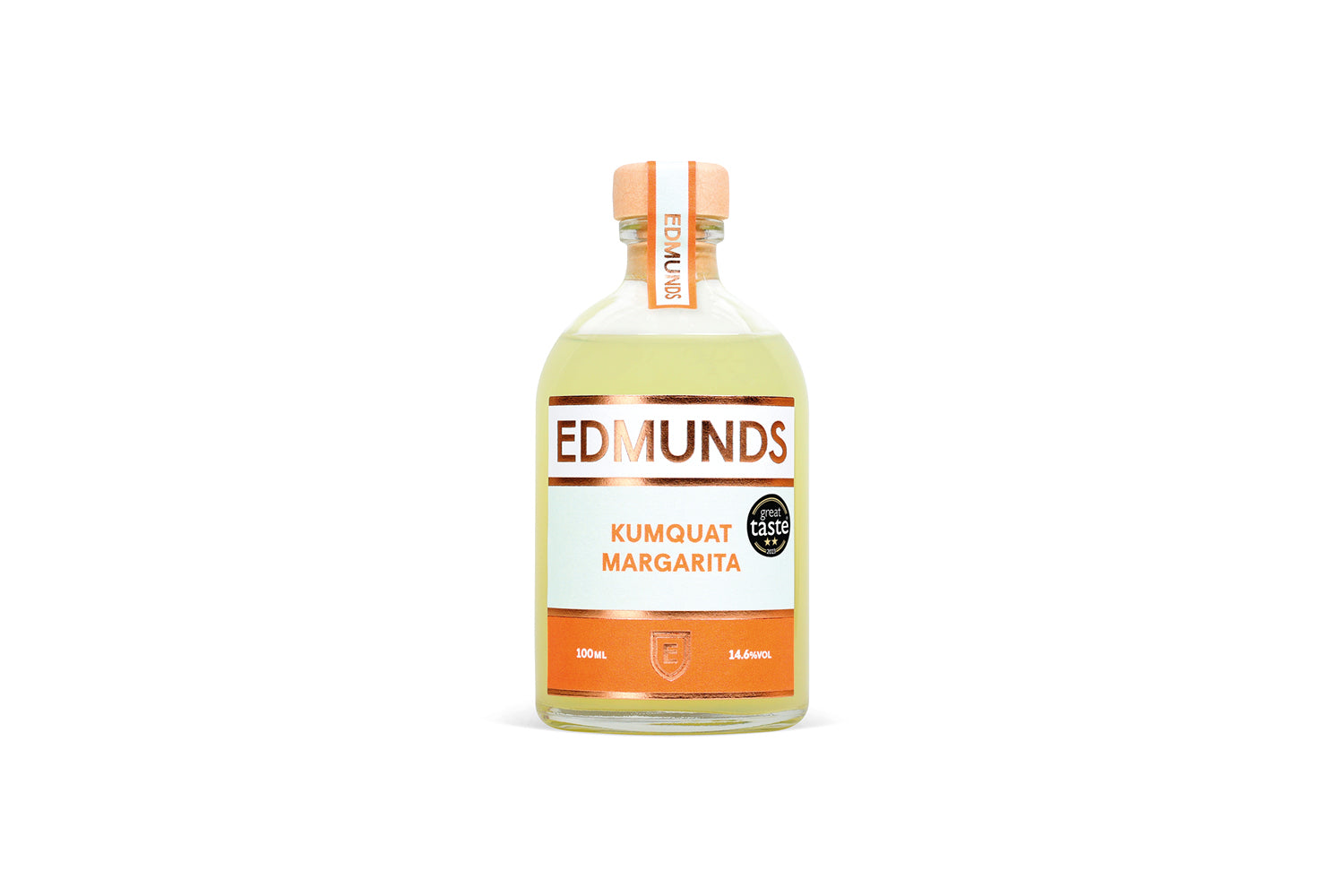The violet hour. That post-work, pre-dinner slice of the day that’s filled with possibilities. It’s the perfect time for catching up with friends and winding down over a cocktail – and perhaps a salty snack or two – at an alfresco bar softened by the shadows of the setting sun and buzzing with early evening energy. It’s an Italian custom we can all get on board with – aperitivo, anyone?
‘Aperitivo’ is a cultural phenomenon in Italy. Dating back to 1786, when distiller Antonio Benedetto Carpano first started selling vermouth – his own blend of muscat wine and aromatics – on a commercial basis in Turin, the fashion for pre-dinner drinks quickly gained in popularity. Carpano’s claim that the combination of fortified wine plus medicinal herbs and spices stimulated the appetite was the marketing angle that turned vermouth into one of the first – and most enduringly popular – aperitivo drinks.
Oddly, although vermouth is named after the German word for wormwood, ‘wermut’, a herb thought to have hallucinogenic properties (an enduring myth we’ve already debunked in our article on Absinthe), it’s a drink that’s most emphatically associated with the ancient wine-producing region of France and Italy historically known as Savoy. While wormwood is still considered an essential component of vermouth, many other botanicals – herbs, spices, roots and bark – are also used for flavouring, infused into the vermouth either by macerating or distilling in alcohol before being sweetened.

There are two main styles of vermouth: rosso (red) which is rich and fruity, and the paler, more herbaceous dry variety. Although rosso was traditionally made with red wine and dry with white, today both styles are almost always made from white wine grapes, with rosso acquiring its darker colour from the addition of caramel. A third style – bianco – falls somewhere between the two in terms of sweetness and is particularly suited to sipping neat.
Naturally, there are some cultural differences between how vermouth is enjoyed in Italy and how we consume it in the UK. As an Italian aperitivo, most bars will serve vermouth neat in a 50ml measure over ice with a slice of lemon (dry/bianco) or orange (rosso) and an olive, possibly with a splash of soda water. Here – despite a surge in demand in the 1970s and 80s as a result of slick advertising campaigns by rival brands Cinzano and Martini – you’re more likely to encounter vermouth as part of a cocktail.
The spicy character of rosso – typified by Italian brands like Carpano and Cocchi – adds dimension to dark spirits like bourbon and rum. This style of sweet vermouth is an essential ingredient in cocktails like the Americano or Manhattan. At the other end of the flavour spectrum, dry vermouth – associated most famously with premium French brands like Noilly Prat and Lillet – is a good foil for light spirits like gin, vodka, making it the perfect ingredient for a classic Martini.
One of the very best ways to enjoy vermouth, though, is via a Negroni – a long-standing favourite of the aperitivo circuit. It’s a simple formula: equal parts gin, Campari and sweet vermouth, a recipe that reputedly* originated in a bar in early 1900s Florence at the request of local aristo Count Camillo Negroni who was looking to stiffen up his Americano. Negronis are always stirred, not shaken (sorry, 007) and served over ice with a twist of orange.

Our own (award-winning!) Edmunds Negroni is made from Adnams Copper House gin paired with sweet vermouth and Campari, infused with fresh oranges for a sophisticated finish. We love Campari, but we also recognise that its bittersweet flavour profile isn’t to everyone’s taste. If you have a hankering for an alternative Italian-inspired cocktail, try our luscious Amaretto Sour (also award-winning!), a moreish, nutty, citrussy cocktail that will deliver an authentic aperitivo experience without the bother of travelling to Milan (though if it does whet your appetite for a trip to Italy, don’t blame us).
*There’s a bunch of Negroni dynasties claiming true provenance of the definitive cocktail and they’re all a bit speculative, tbh.










































































